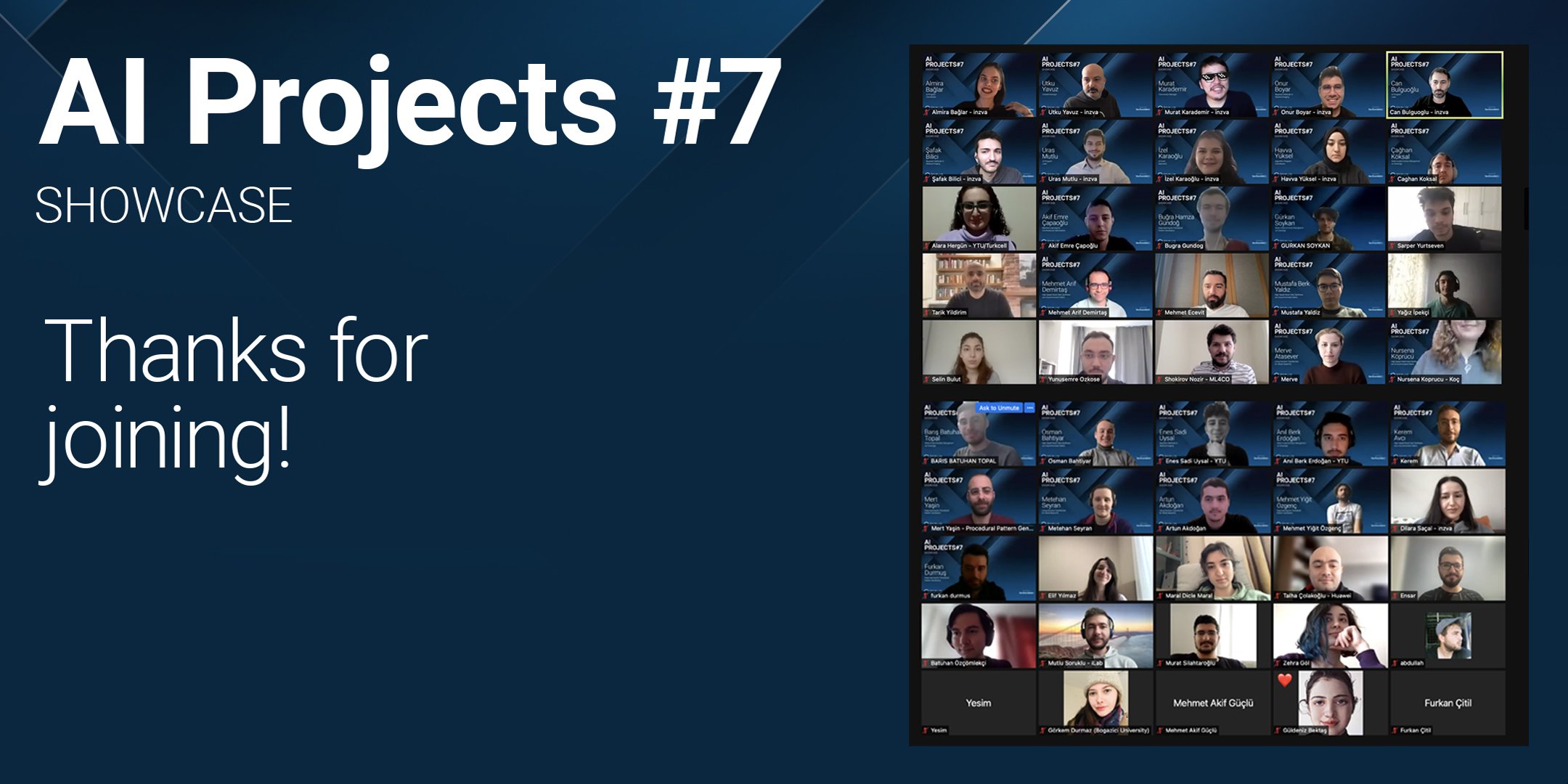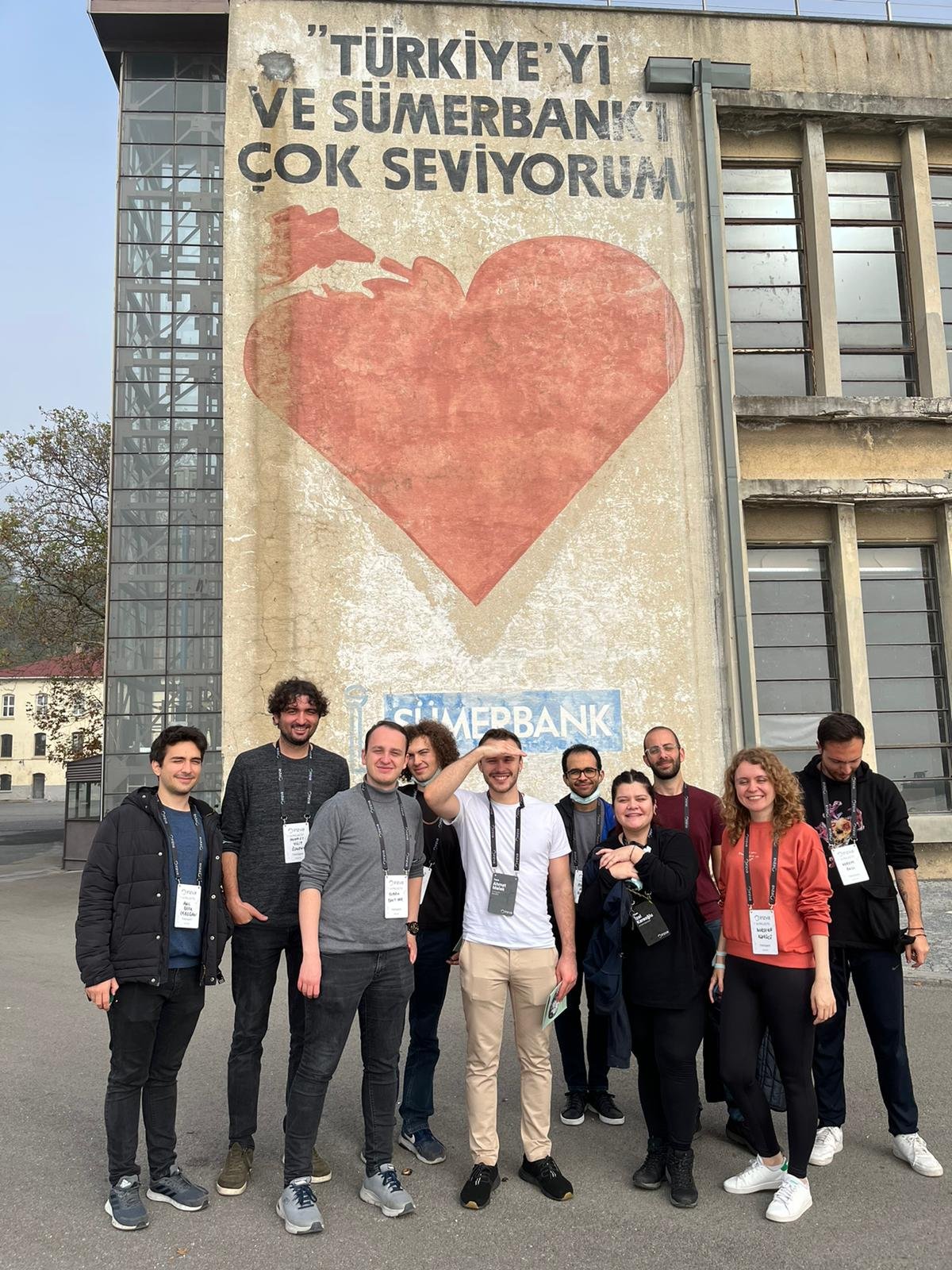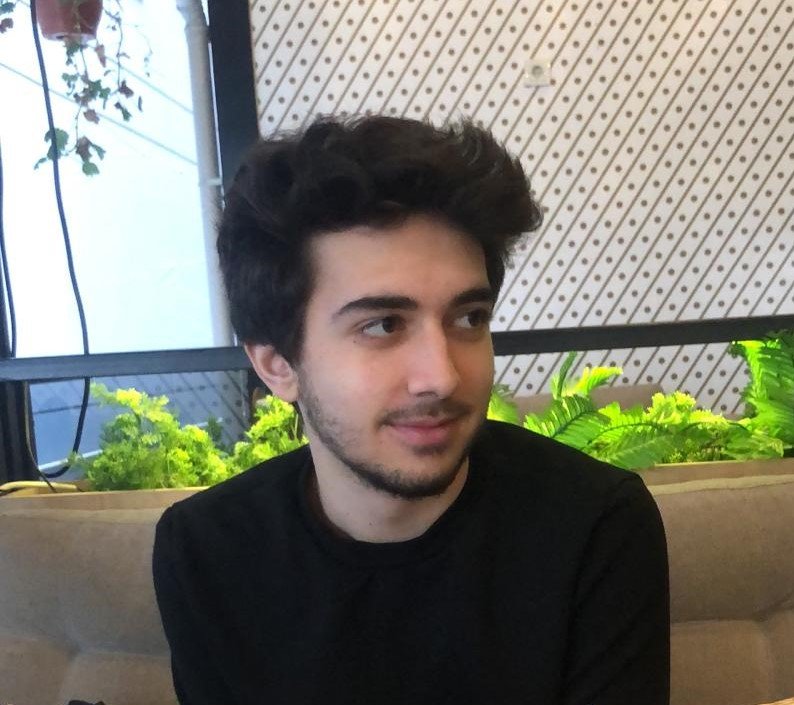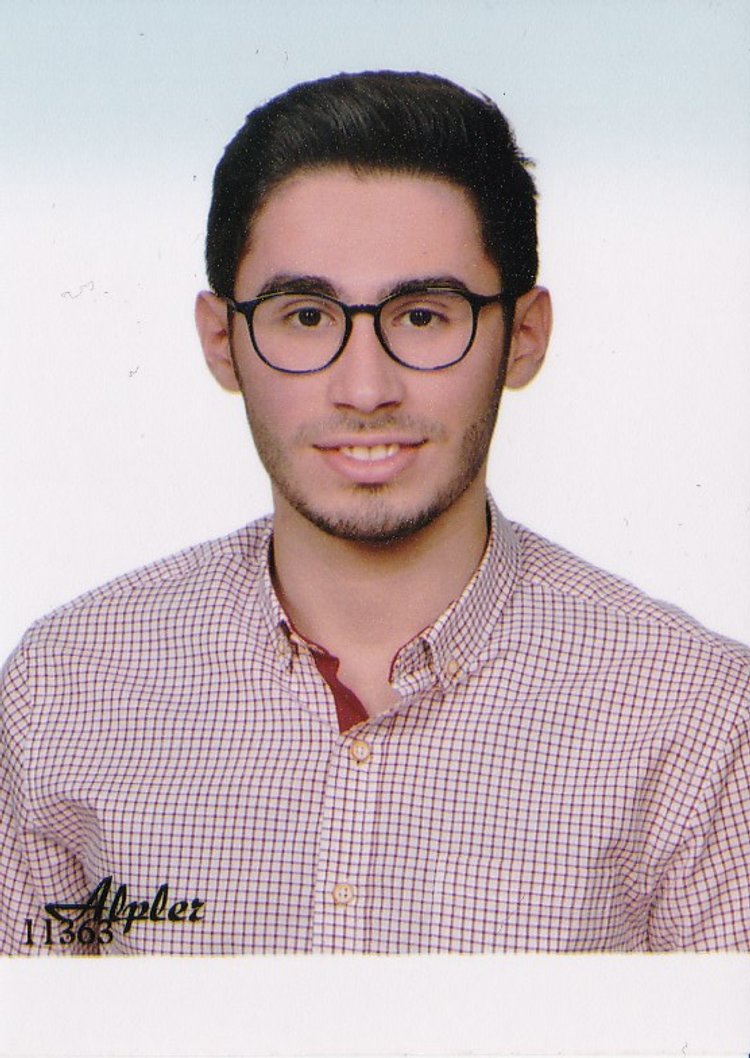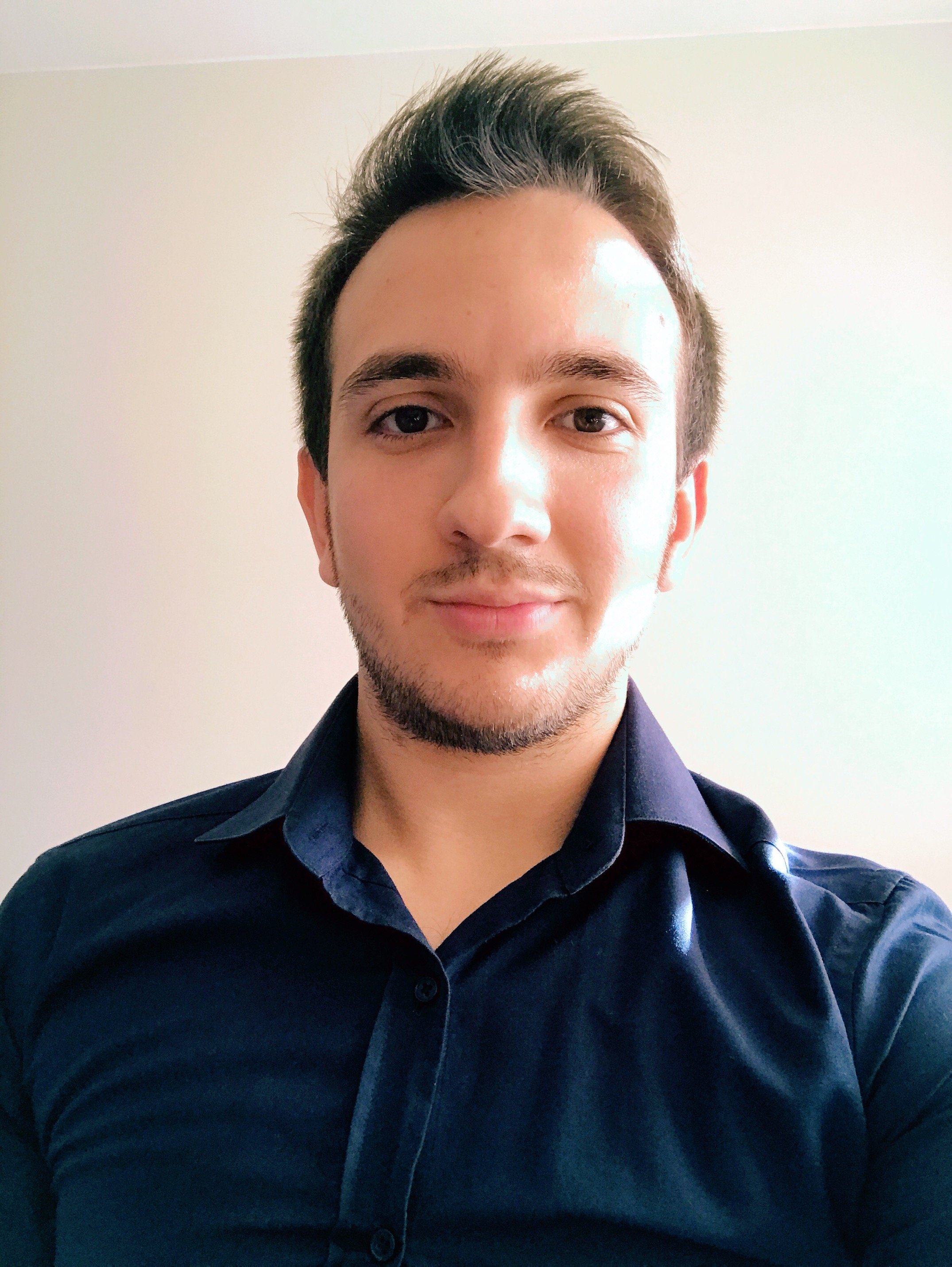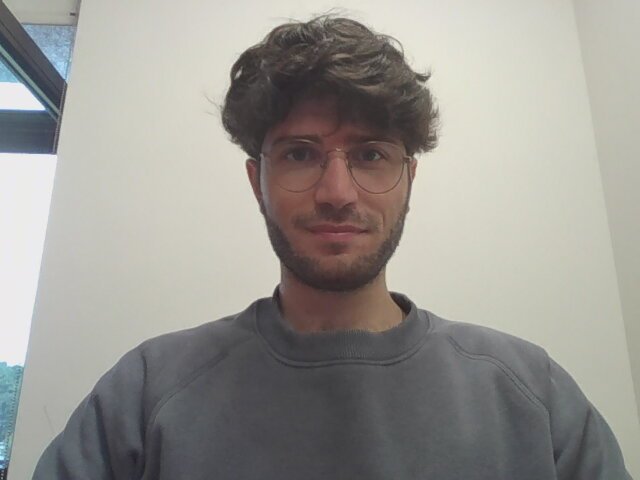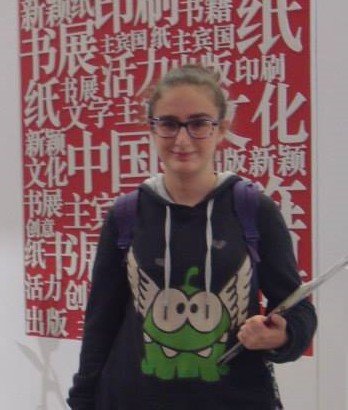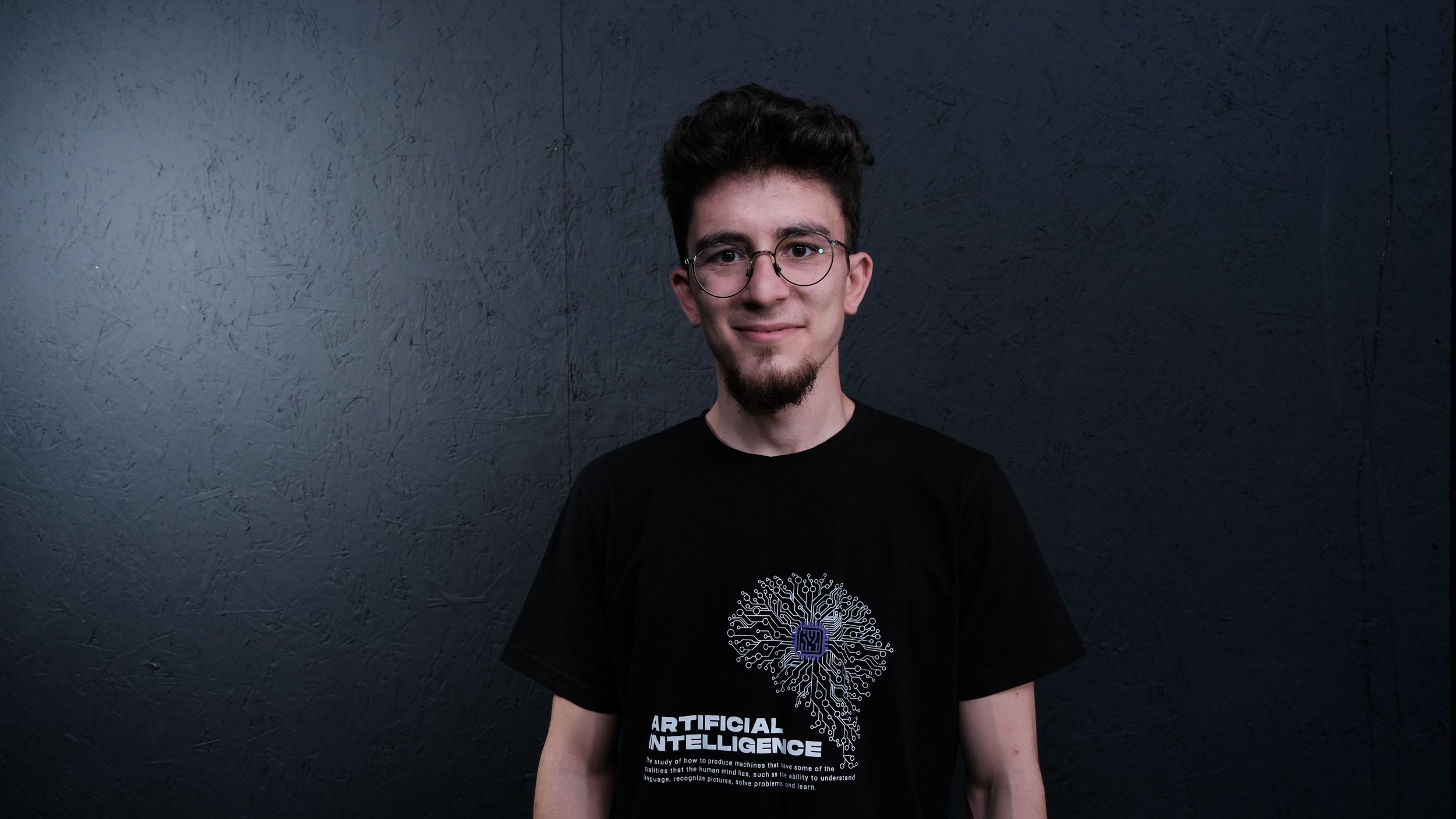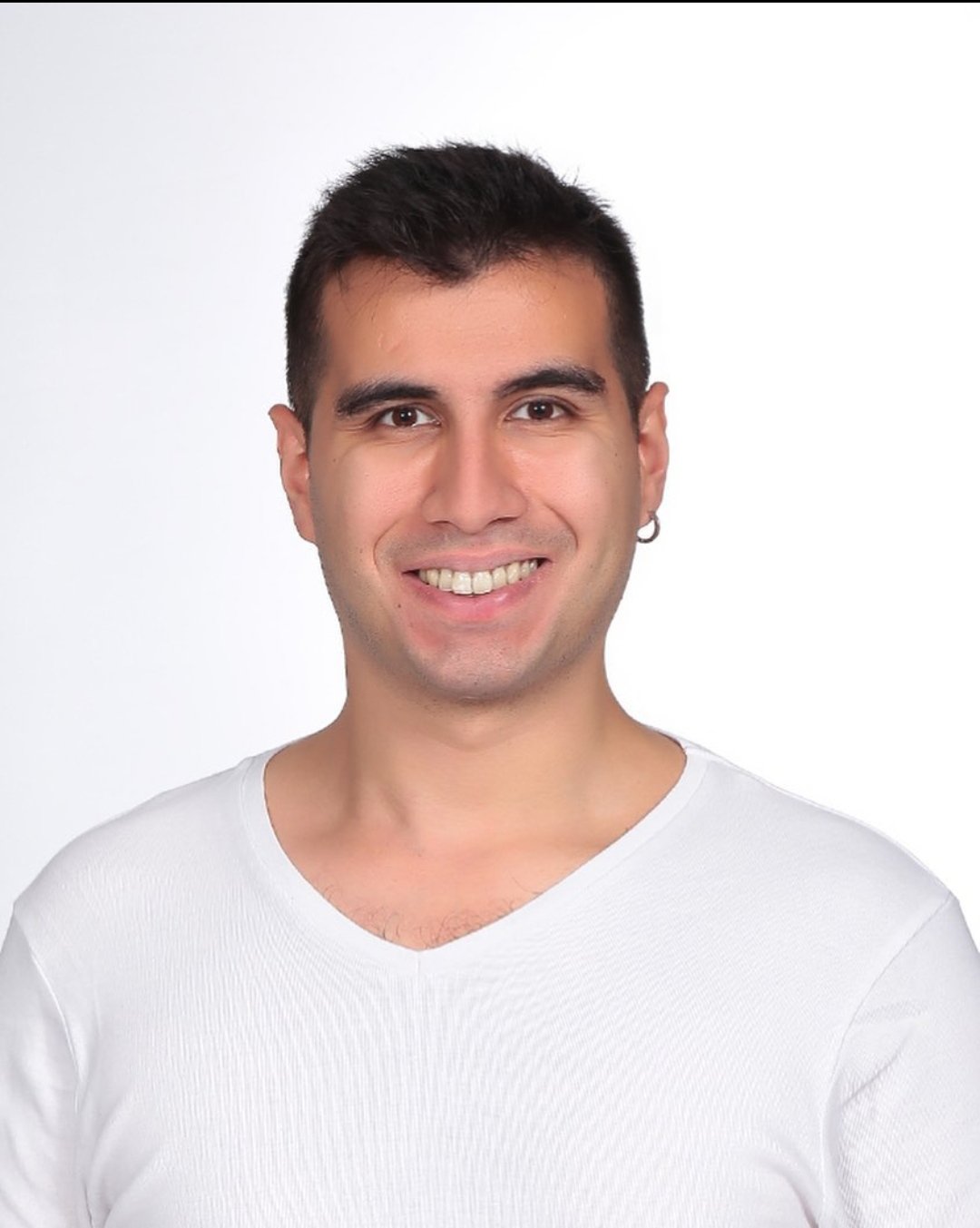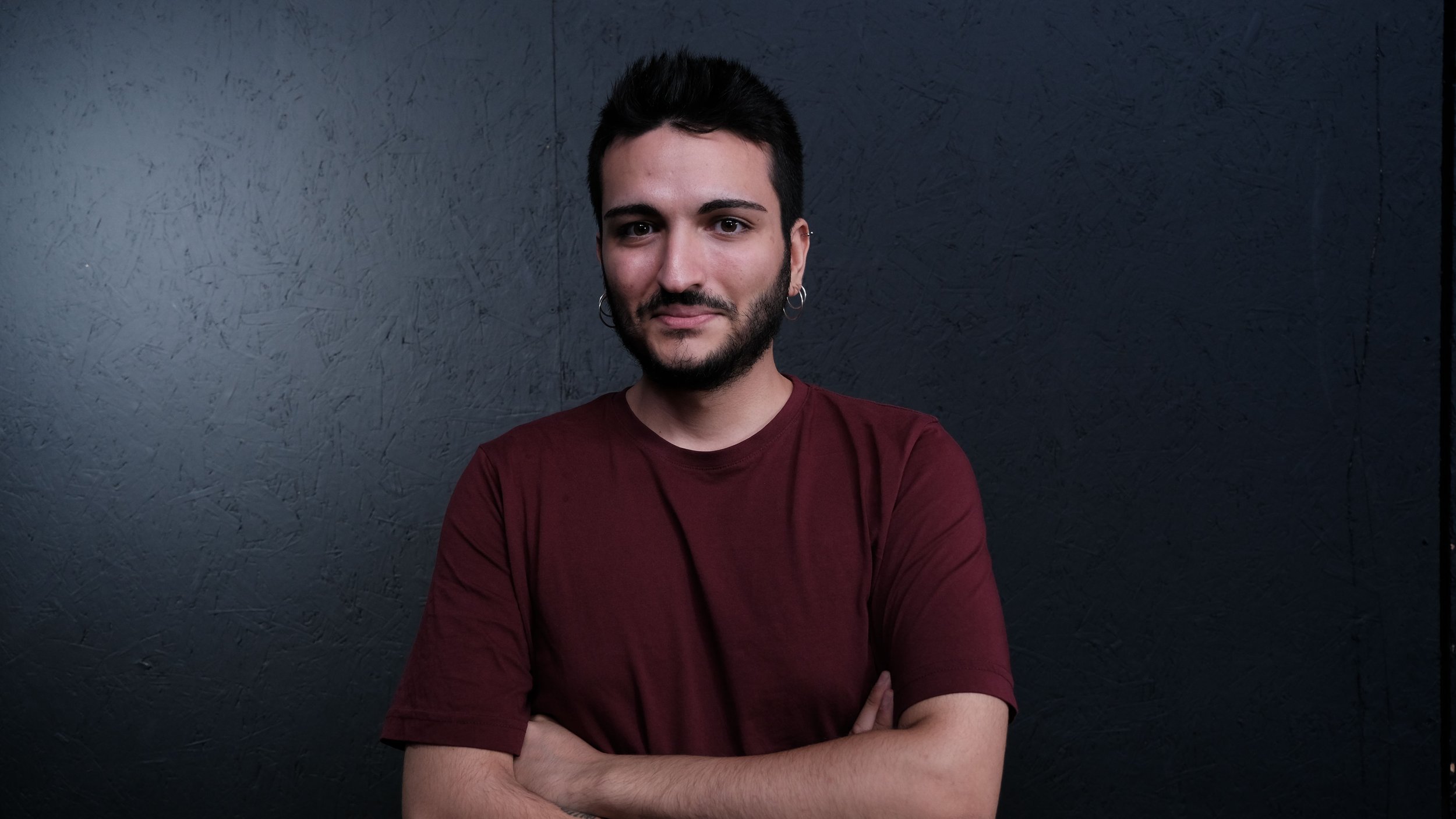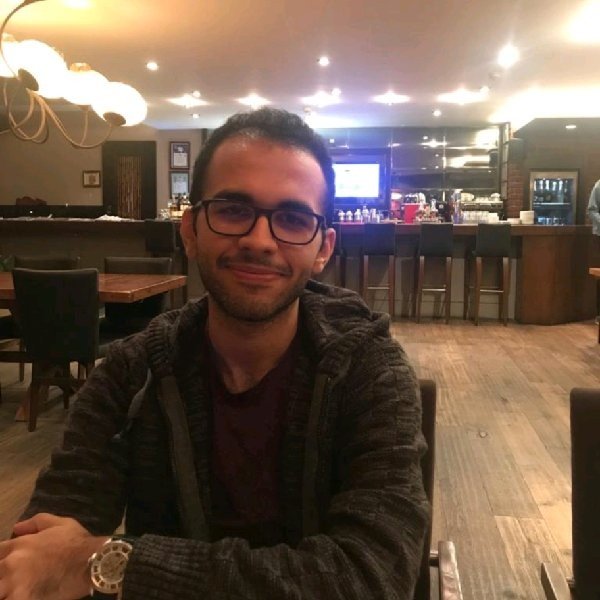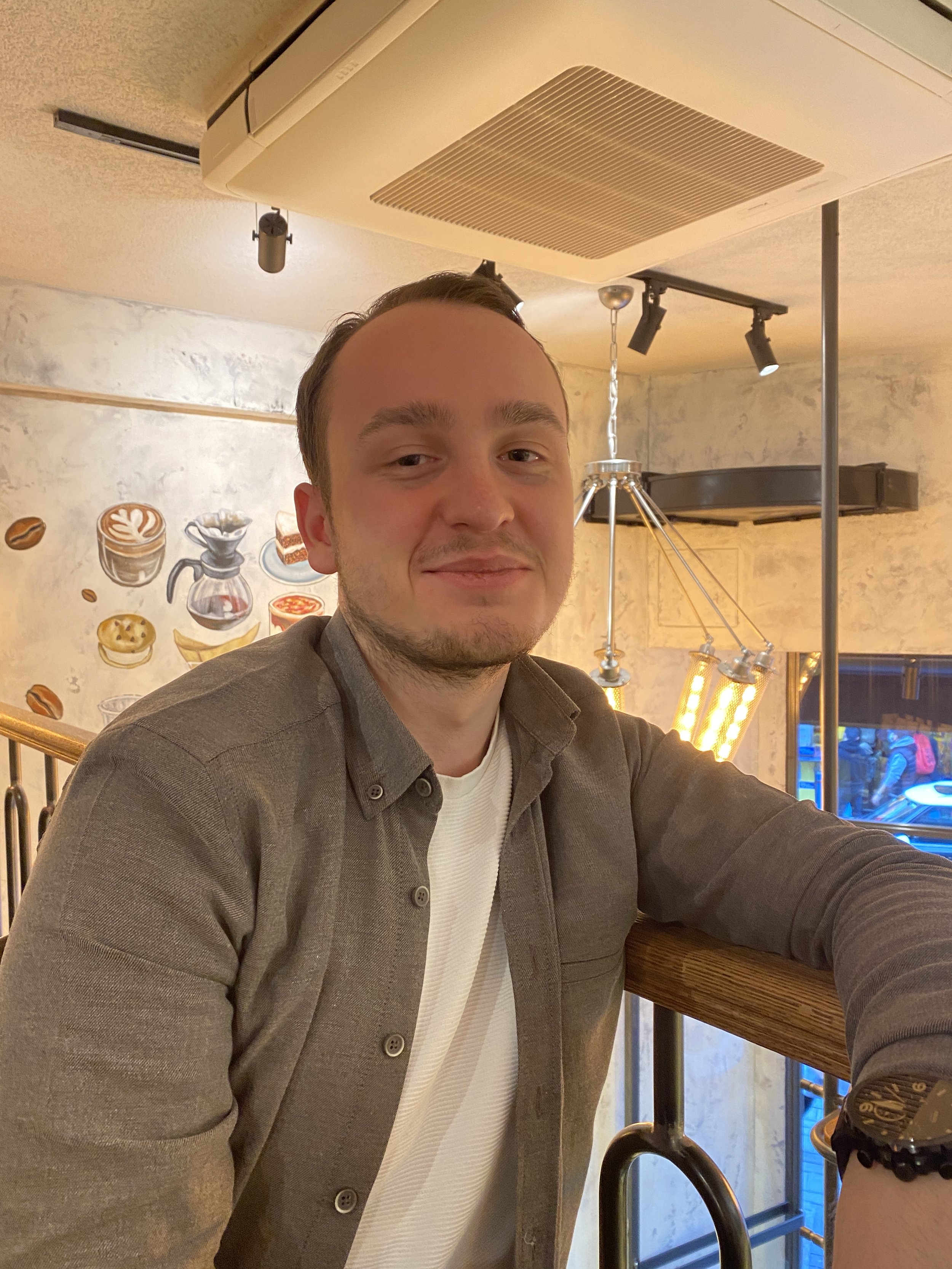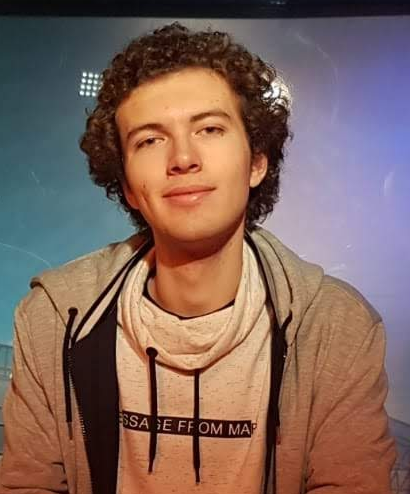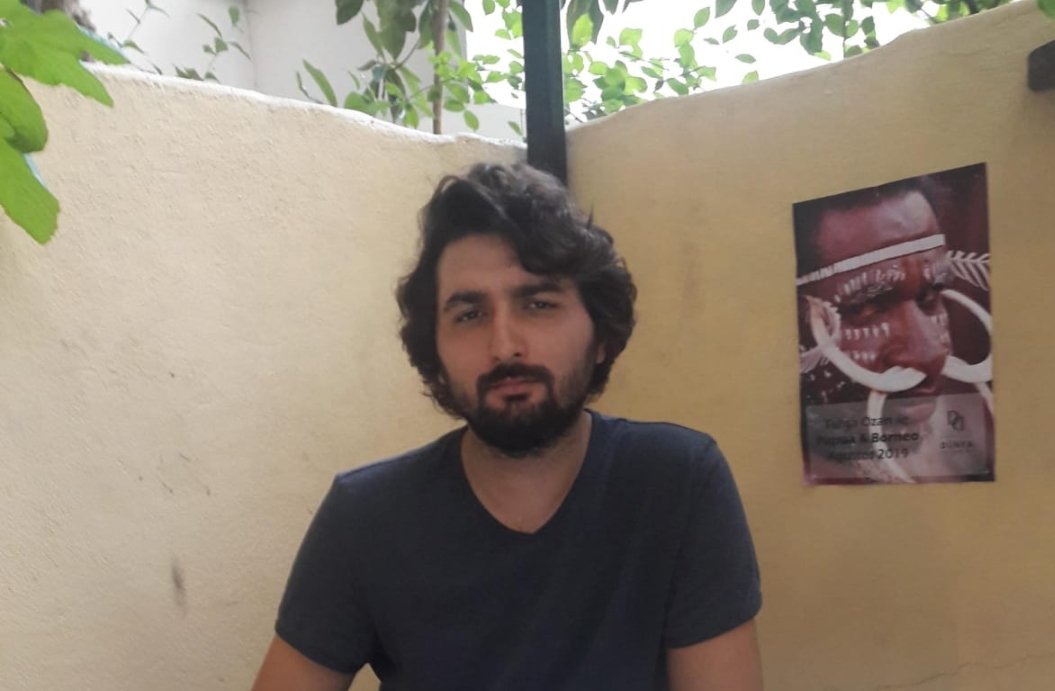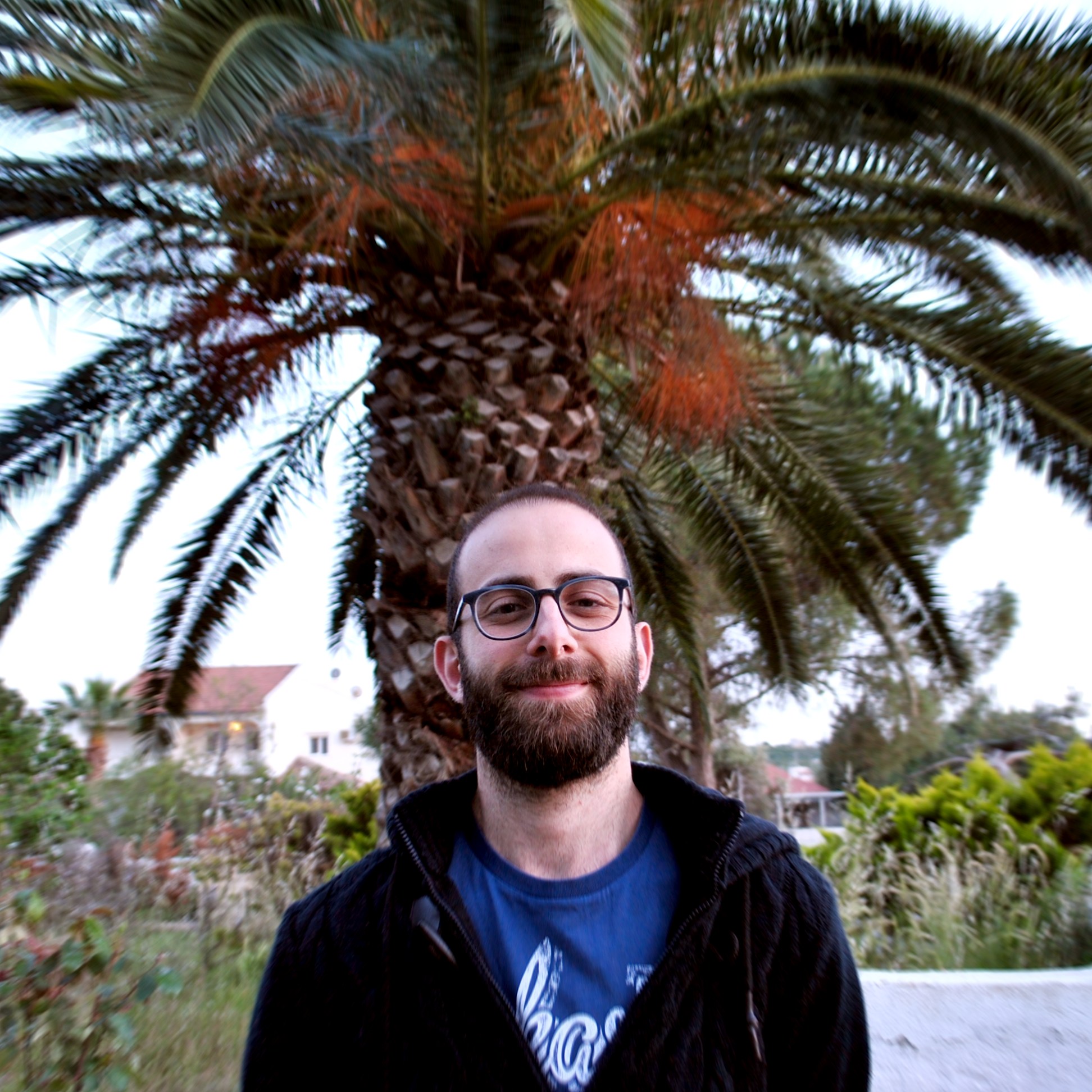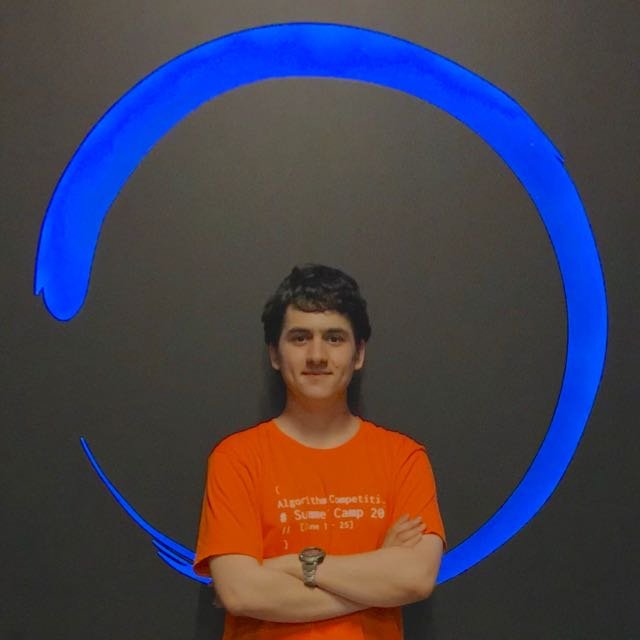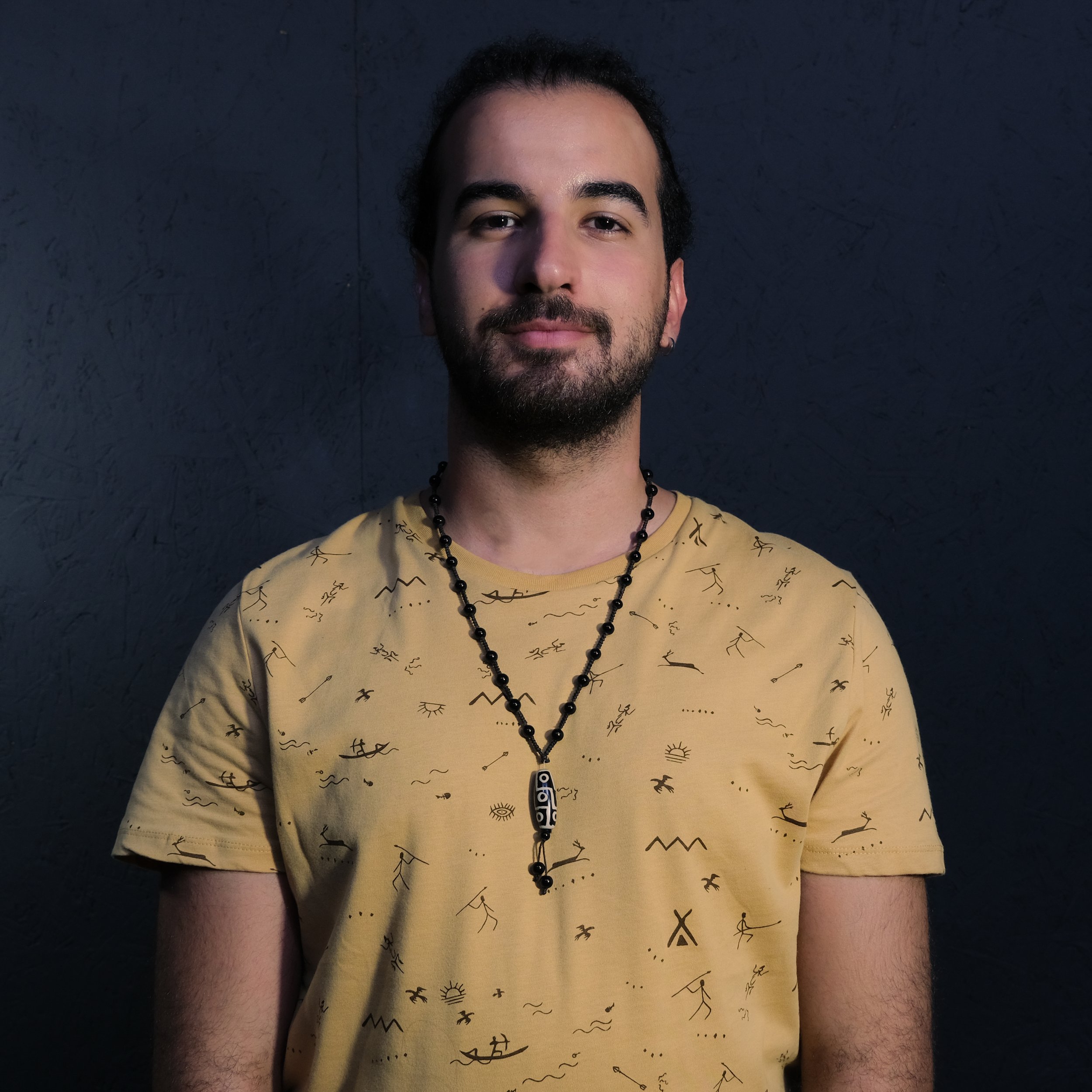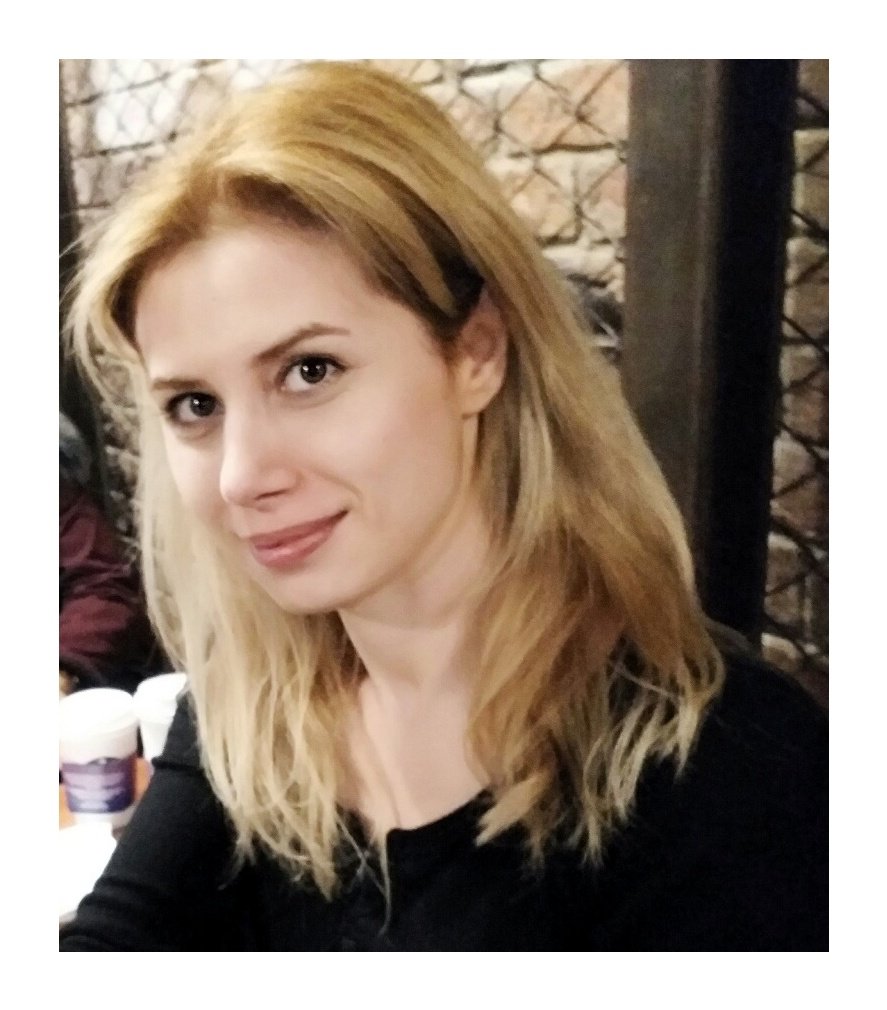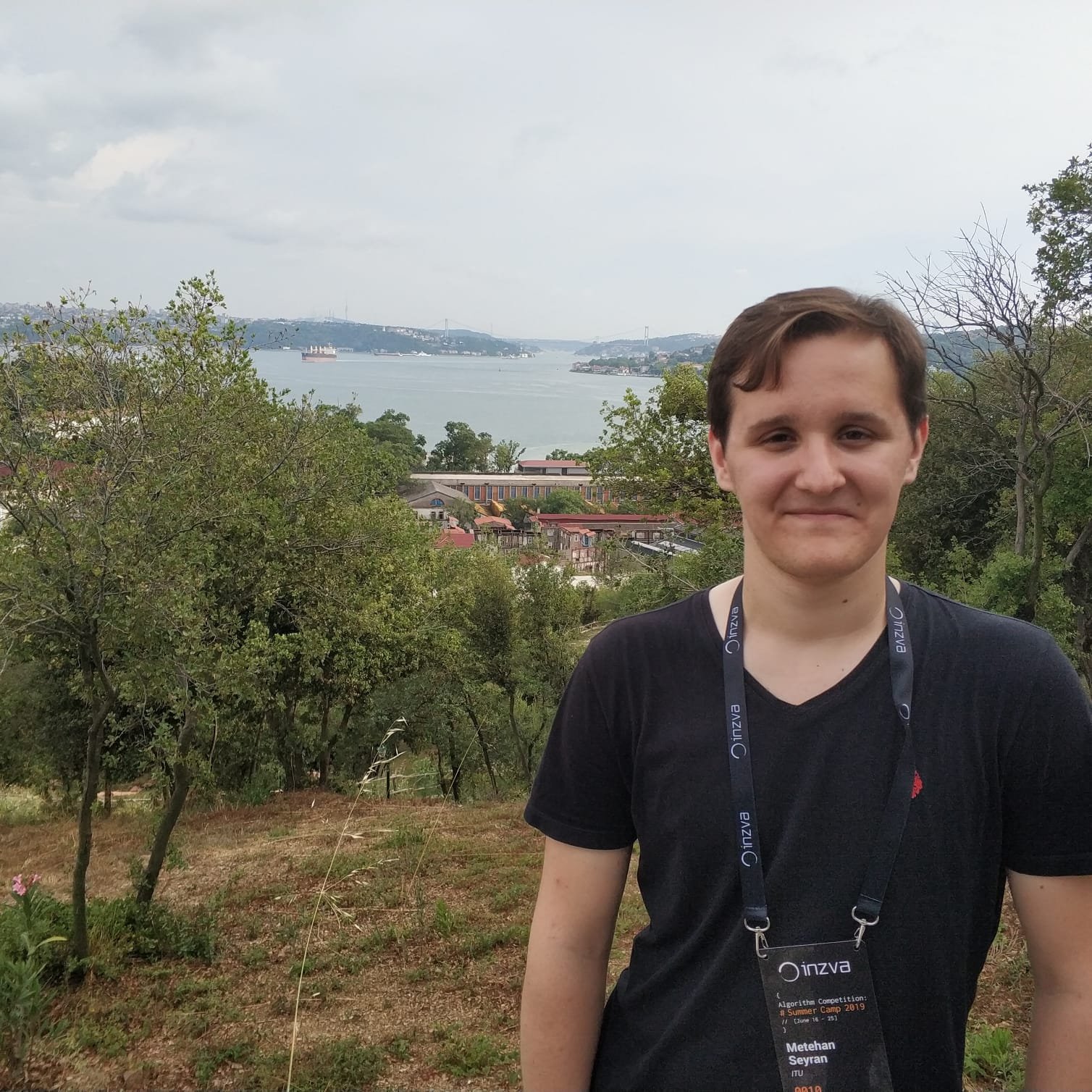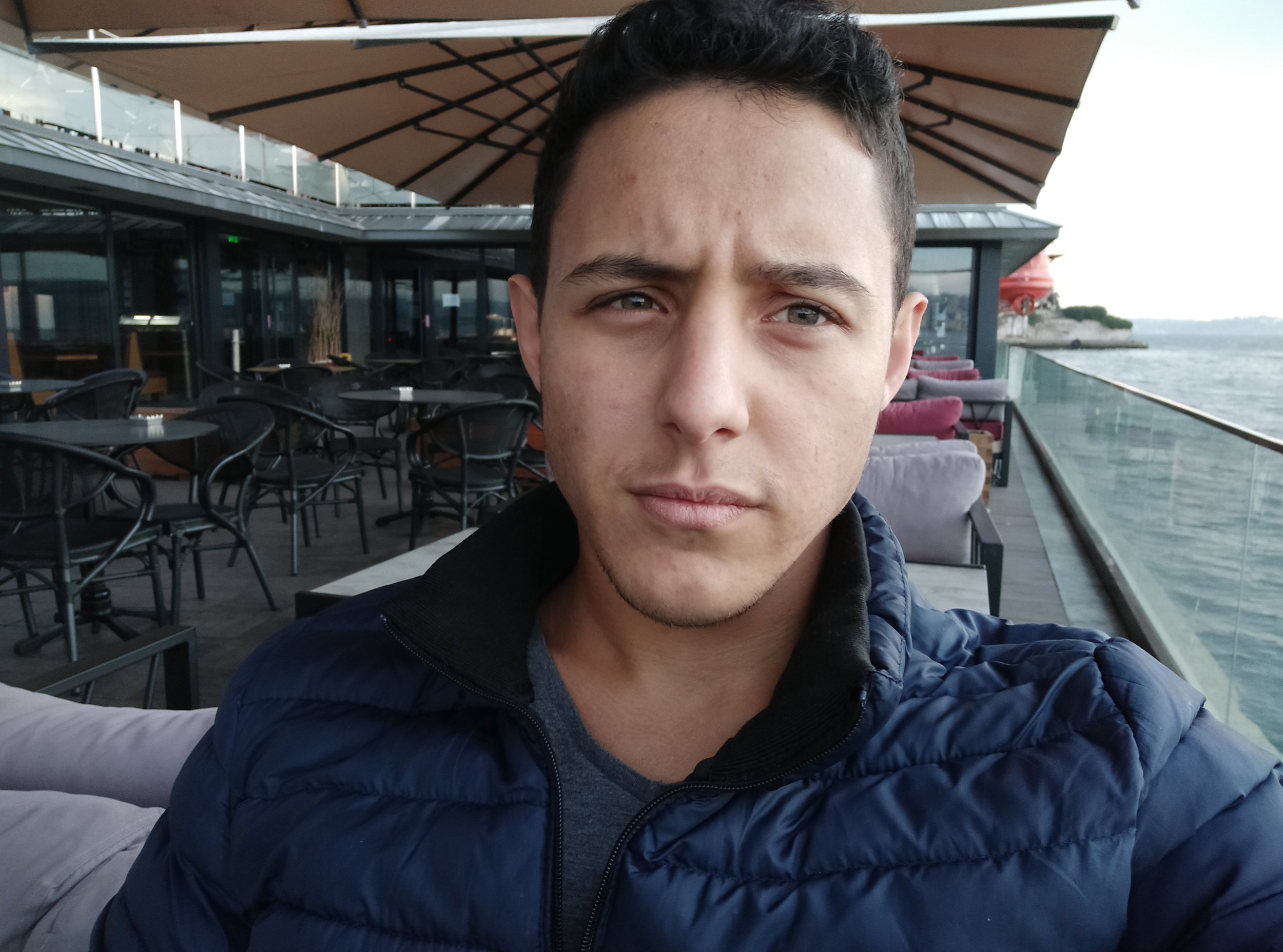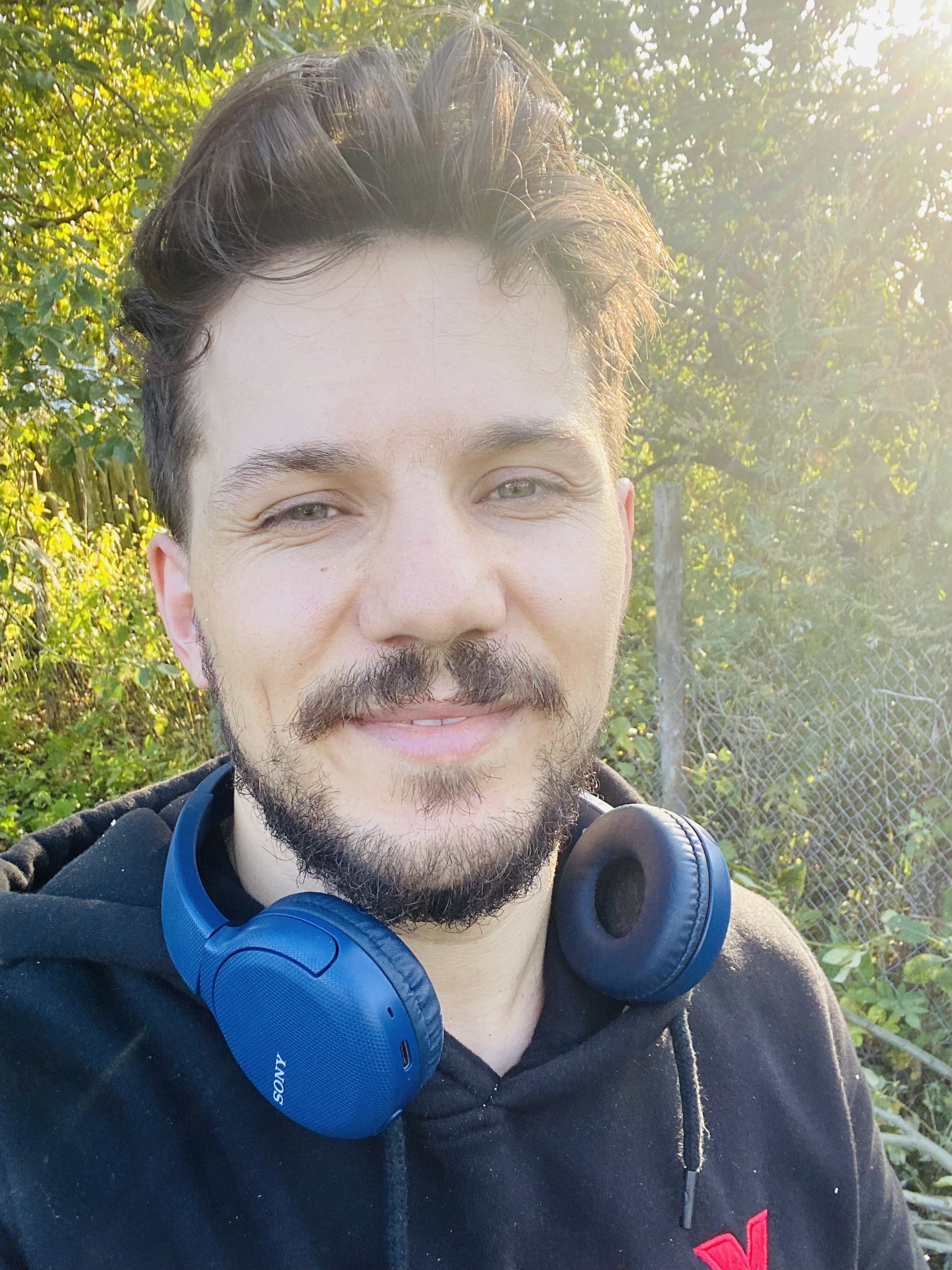AI Projects #7 Report
The seventh batch of our AI Projects Program concluded on January 8 with an online public showcase, welcoming 65 guests from around the world. 24 participants in 6 teams, shared the results of their projects and 3-month long journey with AI enthusiasts from both academia and industry, in a wide variety of domains including Computer Vision, Natural Language Processing, and Reinforcement Learning.
Due to Covid-19 outbreak, we held this batch online but were also able to meet in our sanctuary, in accordance with the rules. Our hybrid model offered participants to work in our space and work as a team on their projects. We organized 4 sleepovers with around 20 participants who visited from different cities in Turkey and even from South Korea! We played countless board games, sang till your lungs gave out in karaoke nights and enjoyed each other’s company. It was great to spend time as a community after a long break!
Furthermore, in the 6th batch of AI Projects, our former participants Şafak Bilici, Enes Sadi Uysal, Billur Selin Zaza, Mehmet Yiğit Özgenç, Onur Boyar developed “Optimal Data Augmentation for Biomedical Image Segmentation’’ project and they wrote a paper together the program. Their paper was published in 2021 and they already got their 1st citation! In this batch they decided to work on the same topic and improve their project.
#7 PROJECTS
Multi-modal Emotion Recognition on Drawings
Drawing is one of the mediums that are used by humans to express their thoughts and feelings. Each artwork reflects the inner world of its artist. Therefore, its style, atmosphere, and character design are unique, its context and story are not limited to real-world settings. In order to understand these works, models should be constructed that can generalize well to different styles. With this study, we plan to classify emotion information of characters & frames in drawings. Moreover, we aim to create a model that can behave well in different styles. For this purpose, we will use both textual and visual information given in drawings and also leverage the existing datasets based on real-life.
Bayesian Methods in Medical Imaging
Medical Image Segmentation is crucial for segmenting retinal vessels, tumours or other related healthcare applications. Current deep learning models are useful to achieve such tasks. We aim to explore the usage of 'Bayesian' methods in that field. We would like to use Bayesian Neural Networks and Bayesian Optimization in our project. An example for the former might be the Bayesian U-Net model. Using the latter method, we aim to optimize the hyperparameters of our model. An uncommon hyperparameter for medical image segmentation problems is the parameters of the data augmentation techniques. Data Augmentation is widely used in medical imaging due to scarcity of the labelled data. By considering the selection of the data augmentation method and its parameters as a hyperparameter optimization problem, we can use Bayesian Optimization in order to find the optimal methods and parameters.
High Speed Novel View Synthesis via Unsynchronized Videos
For a given camera pose (or parameters) from a set of images of a scene, a novel view synthesis problem aims to generate target images from arbitrary views (or arbitrary camera intrinsic and extrinsic parameters). NERF, or Neural Radiance Fields, models the problem through volumetric rendering perspective and implicit representations, creating massive hype with 400+ citations in a year. Following works like Nerfies and HyperNerf try to solve the problem in a video setting, generating novel views with additional time input. In this work, instead of monocular or multiview synchronized video settings, We would like to use unsynchronized multiview video inputs to investigate high time-resolution (or slow motion) novel view synthesis.
Deep learning for Procedural Pattern Generation
Procedural content generation in video games has a long history. Recently, deep learning techniques started proving themselves to be useful for generating potentially infinite game content in a constrained manner. We want to get familiar with state-of-the-art methods for deep procedural generation and potentially use such methods to generate levels for a mobile game. We are familiar with game engines too, so potentially we could deploy the game to mobile app stores as well.
Using Decision Transformer for Model Based RL
Using transformer architecture in single agent Reinforcement Learning environments has resulted in great success recently. We want to adapt similar transformer-like architecture and use it in a model-based manner by predicting the next state and rewards to model the environment. Later, we want to compare our method with state-of-the-art model free reinforcement learning algorithms.
Machine Learning for Combinatorial Optimization
Important decisions such as branching, selecting neighborhoods to perform search on, and many more, are made heuristically within exact optimization solvers. Suboptimal decisions can hinder the performance of the solver both in terms of solution quality and computation time. Machine learning techniques can be utilized to learn these decision rules, which can eventually replace the aforementioned heuristics. To facilitate the use of machine learning in combinatorial optimization tasks, NeurlPS 2021 has organized a ML4CO competition, which provides us with the valuable ready to use datasets. Moreover, we plan to make use of the Extensible Combinatorial Optimization Learning Environment (ECOLE) library and the open-source solver Solving Constraint Integer Programs (SCIP) and use the results from the competition as a benchmark.
inzva is supported by BEV Foundation, an education foundation for the digital native generation which aims to build communities that foster peer-learning and encourage mastery through one-to-one mentorship.
Subscribe to our newsletter here and stay tuned for more hacker-driven activities.

